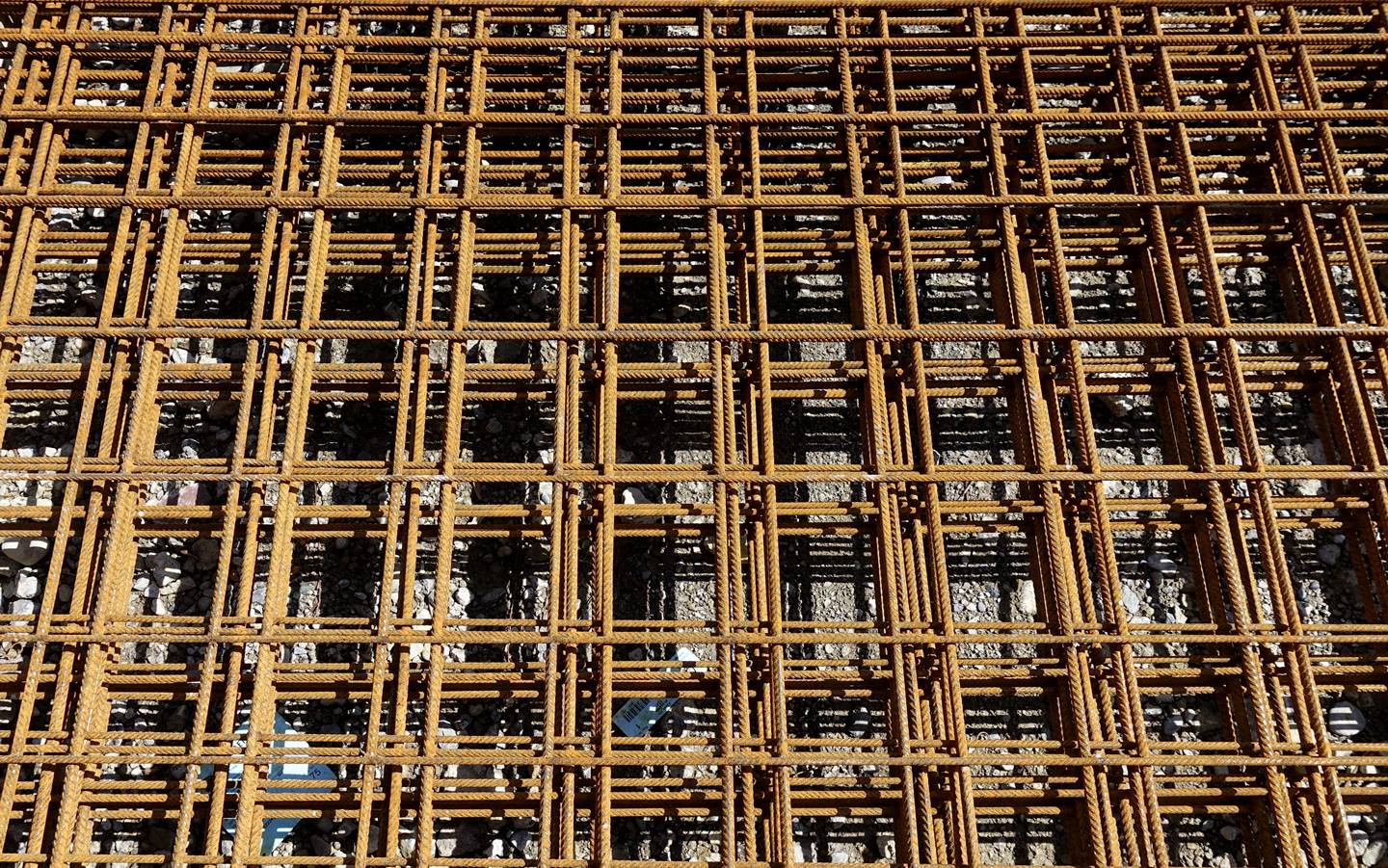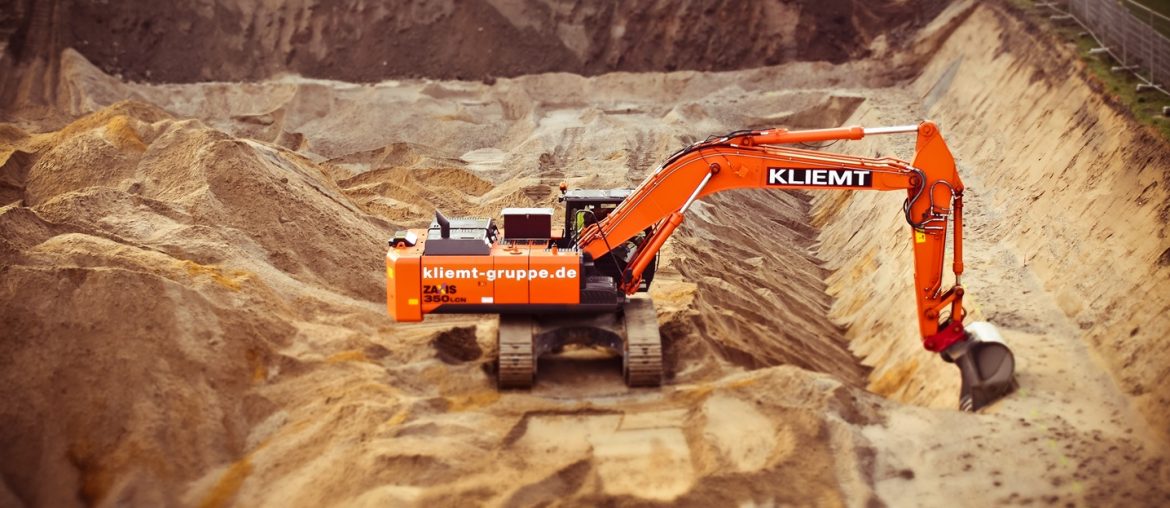Following our previous article on the cost of building a home, a lot of the readers have been eager to learn a bit more about the foundation cost of buildings in Bangladesh – and it is easy to understand why. Foundation is a primary aspect of construction. It determines a structure’s integrity as well as durability to a great extent – especially in modern times when verticality is the path forward. However, unlike other aspects, determining or even estimating the foundation cost of buildings can be quite difficult due to the complex items involved – not to mention the different foundation options that are available. As such, before discussions about the cost begin, let’s take a brief look at the types of foundations that are prevalent in Bangladesh today.
Foundation Types

The type of foundation most appropriate for you largely depends on soil quality and the height of the building. Generally, all types can be attributed to either “shallow foundations”, which can be as little as 1 meter or “deep foundations”, which need a depth of about 20 to 65 meters.
Mat Foundation
In terms of cost, Mat foundation tends to be the most expensive option due to needing a higher volume of materials used. Mat foundations are, more or less, slabs of thick concrete that use steel, walls, and supporting columns as reinforcements of the soil so that they can bear the load of the structure. This type of foundation is more appropriate when the soil’s condition is comparatively poor or has low load-bearing capacity. Basically, instead of piles or pillars, a concrete “raft” or slab is created as a form of shallow foundation to support the load of the building. This allows stress to transmit from the building to the entire ground floor area, i.e. slab. As a result, this foundation is perfect for creating basements or parking beneath high-rise buildings.
At the core of Mat foundation is the “Reinforced Concrete Cement” or RCC slab. So, in order to create an RCC slab about 125 mm thick and covers about 2,000 sq. ft. or 186 square meters (m2) of space, it requires 23.2 cubic meters (m3) of concrete. And if we go by the general M20 grade (1:1.5:3) mix design, the following quantity (approximate) of materials will be required –
- Cement: 185-186 Bags (400 Kg/m3)
- Sand: 13,920 Kg (600 Kg/m3)
- Gravel: 27,840 Kg (1,200 kg/m3)
- Steel: 1,740 kg (75 kg Kg/m3)
Pile Foundation
Now is the age of skyscrapers and high-rise buildings. Modern constraints and high-demand for housing have made verticality a necessity. However, going upwards during construction also means going downwards in search of strong soil – viz a viz – a deep foundation. Pile foundation is one of the most prominent and structurally sound deep foundation options. In terms of foundation cost, it tends to rank lower than the Mat foundation. Slender columns or long cylinders, made of concrete and steel, are pushed into the ground to support the structure. These columns transfer the load to the deep sturdy ground bypassing any weak surface soil. Ideally, taller buildings require a deeper foundation, which in turn accrues more cost.
Determining the number of piles required for such a foundation is very difficult for any layman. The load-bearing capacity of the soil, the type of structure, its height as well as weight, and a number of other factors needs to be taken into account before determining the actual number. Often, the piles tend to be somewhere around 11 to 15 feet apart from each other. However, determining the volume of concrete necessary, to some extent, is a bit less complex. To figure that out, you would need to multiply the height of the structure with the square of the radius (r) as well as Pie (π) or πr2h. So, for example, a 21-meter pile or column with a 0.4-meter diameter would require about 26.3 cubic meters of concrete. Such a column would require the following quantity (approximate) of materials–
- Cement: 191–192 Bags (364.5 Kg/m3)
- Sand: 14,379 Kg (546.75 Kg/m3)
- Gravel: 28.759 Kg (1,093.5 Kg/m3)
- Steel: 4,180 Kg (160 Kg/m3)
Isolated Spread Footing Foundation
One of the other shallow foundation options available, and the most popular, is the isolated Spread Footing foundation or Footing foundation, for short. Its lower cost, coupled with adequate load-bearing capabilities, make it a favorite of people. The rectangular footings, located at the base of the beams, are independent of each other and transfer the loads directly to the soil via beams. The sizes of the beams are determined by dividing the total load at the beam base by the safe bearing capacity (SBC) of the soil.
This type of foundation, though, is suitable only when the load-bearing capacity of the upper soil is high. If a floor generates about 300 Kilonewtons of load and has an SBC of about 250 Kilonewtons of pressure per square meter, then the footing should be around 4 square meters. So, for each such foundation, the volume of concrete required for footing is about 0.14 cubic meters and 0.015 cubic meters for the average 9” x 12” beams. As such, each column and base of such size would require the following quantity (approximate) of materials–
For footing:
- Cement: 56 Kg
- Sand: 84 Kg
- Gravel: 168 Kg
- Steel: 10.5 Kg
For beam:
- Cement: 60 Kg
- Sand: 90 Kg
- Gravel: 180 Kg
- Steel: 13.5-23 Kg
Cost of Material
Now that we have a better sense of foundation options and materials required for each type, let’s take a quick look at the current (at the time of this writing) market price of the raw materials:
- Cement: BDT 460-470 per 50 Kg bag
- Steel: BDT 70,000-72,000 per ton
- Sand & Gravel: 10,000-12,000 per truck
Foundation cost tends to be one of the highest costs when building a home in Bangladesh. The increasing price of raw materials does not help either. However, we hope that this article was able to give you some idea about the estimated foundation cost, and also, stay tuned for another article discussing the overall cost of building homes in Bangladesh.





5 Comments
How we can calculate the length of pile from the standard penetration test.
Eagerly waiting for the overall cost of building homes in Bangladesh article. Hope you will publish it soon so that we can get a clear idea about construction cost. Thanks for this type of great write up.
Foundation cost is the most important thing in a building.
but I am very happy to read your content. it’s very important for us. Every land owner needs to read this content. thanks
I’m working at Singapore, I can open company at bd? I know how to do piling, how to hack pile head. Everything I can do piling job my HP 88027436. I need advice how to open hacking pile head company???
Allhumdullillha. Thank you for your great time to give us a broad knowledge of construction in BD. Like others i am eager to read next part 3.